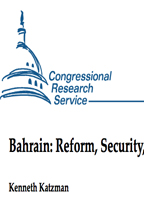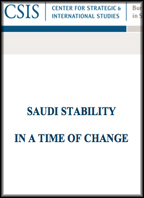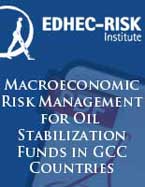The existence of oil stabilization funds as the largest category of sovereign wealth funds relies on oil prices as a main source of macroeconomic risk for oil exporting countries. Given the often contingent spending policies of oil stabilization funds (accumulating wealth when oil prices are rising and spending wealth to support the local economy when GDP is shrinking) it is important to understand the magnitude and relative importance of oil price shocks relative to other sources of macroeconomic risk. Using the Bernanke/Sims approach, we establish oil price innovations as the most important short- and long-term economic drivers of local GDP for GCC (Gulf Cooperation Council) countries. Investment guidelines for oil stabilization funds should therefore stress the necessity to invest in assets with negative correlation to oil price movements to protect the total wealth of an oil-exporting economy. Using a Bayesian VAR, we project the impact of different oil price scenarios on local GDP and hence the likely growth of oil stabilization funds. Under the pessimistic scenario (40% drop in oil prices from their 2009 level and 5% drop in global GDP over two years) a short two year contraction of about 10% per annum (in nominal USD terms) of sovereign wealth fund (SWF) assets is anticipated. In 2011 SWF growth is likely to be back to pre-crisis levels. Under a more optimistic scenario (10% drop in oil prices over two years) SWFs will experience a two-year period of zero growth with strong growth thereafter.
Categorized | Reports & Articles
Macroeconomic Risk Management for Oil Stabilization Funds in GCC Countries
Posted on 28 December 2010 by arabia2day
Leave a Reply
-
CATEGORIES
- Editorial (9)
- Exclusive (29)
- Featured (79)
- Gulf Leaks (62)
- Human Rights (23)
- International (38)
- Local (97)
- Reports & Articles (95)
- Saudi Leaks (42)
- Videos (12)
- Yemen Leaks (30)
-
ARCHIVES
- June 2011 (6)
- May 2011 (46)
- April 2011 (55)
- March 2011 (18)
- February 2011 (86)
- January 2011 (92)
- December 2010 (135)
Best of the web
- Casino Online Nuovi
- Meilleur Casino En Ligne Belgique
- Migliori Casino Online
- Non Gamstop Casinos
- UK Online Casinos Not On Gamstop
- Non Gamstop Casinos
- Non Gamstop Casino
- Best Casinos Not On Gamstop
- Best Non Gamstop Casinos
- Non Gamstop Casino Sites UK
- UK Casino Not On Gamstop
- Non Gamstop Casino Sites UK
- Gambling Sites Not On Gamstop
- Non Gamstop Casinos UK
- Gambling Sites Not On Gamstop
- Gambling Sites Not On Gamstop
- Non Gamstop Casino UK
- Casino En Ligne France
- Non Gamstop Casinos
- Online Casinos
- Best Non Gamstop Casino
- UK Online Casinos Not On Gamstop
- Migliori Casino Non Aams
- Meilleur Casino En Ligne France
- Migliori Siti Casino Online
- Crypto Casinos
- Bookmaker Non Aams
- Casino En Ligne France



































